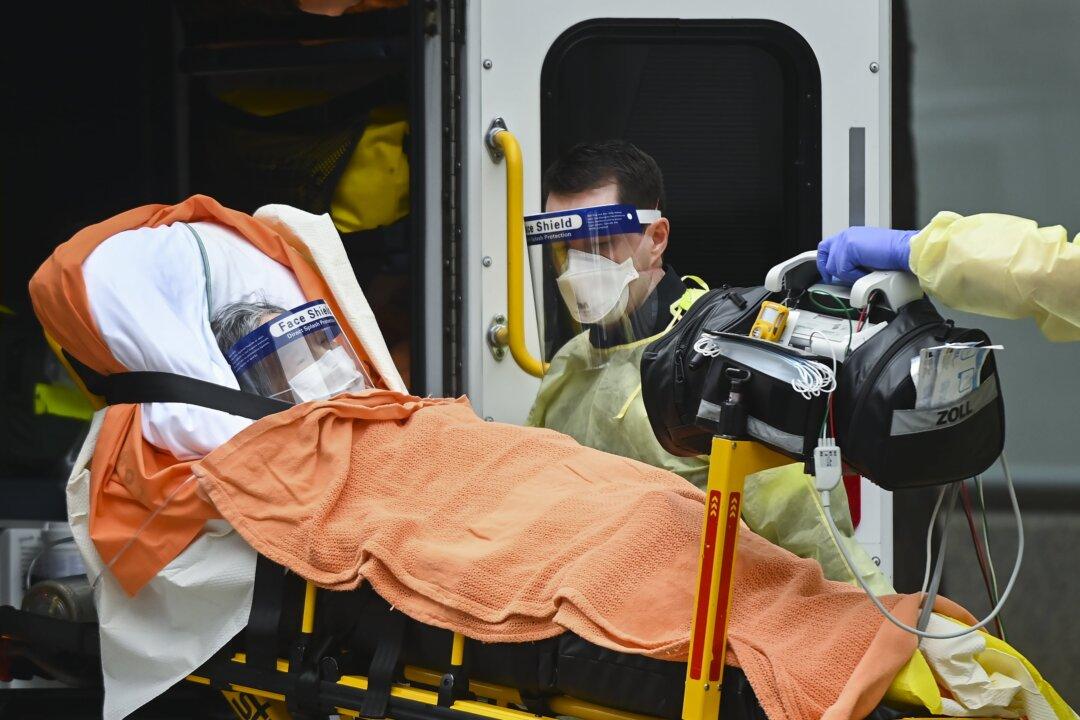As Canada’s vaccine rollout continues at a slow pace amid rising COVID-19 cases, an advocacy group is pleading with health officials to immediately employ widespread rapid testing—a strategy it says could save thousands of lives.
Rapid Test & Trace Canada launched a campaign to advocate for mass rapid testing last month, calling on federal and provincial governments to immediately implement a nationwide rapid test and contact tracing regime as a way to identify and isolate cases early. The group says this would quickly curb the spread of the virus, save lives amid vaccine delays, and allow the country to reopen safely.





